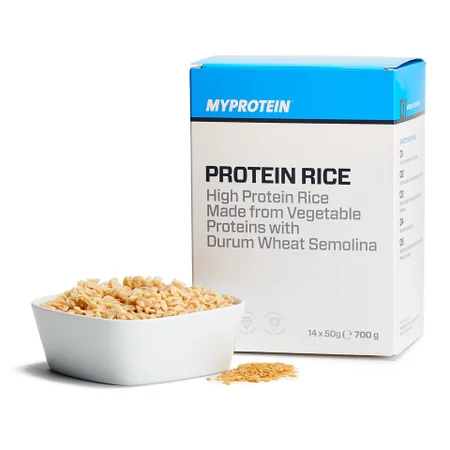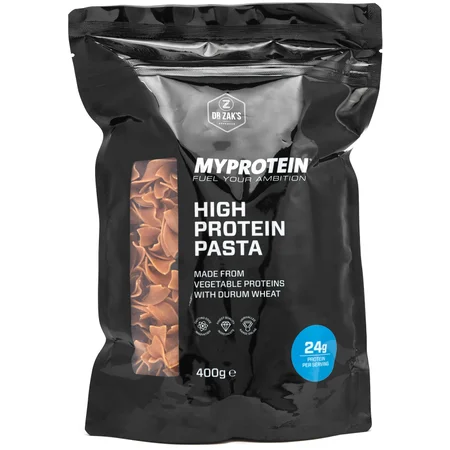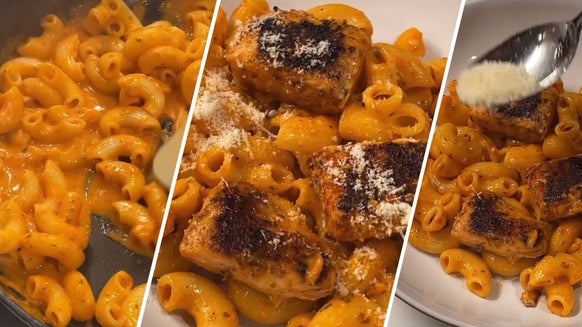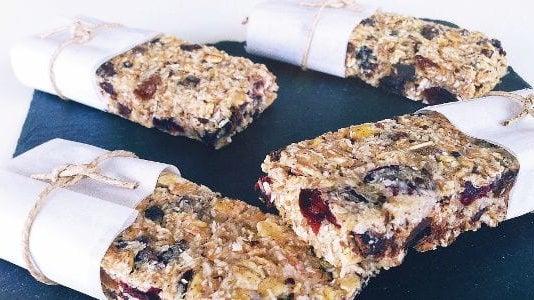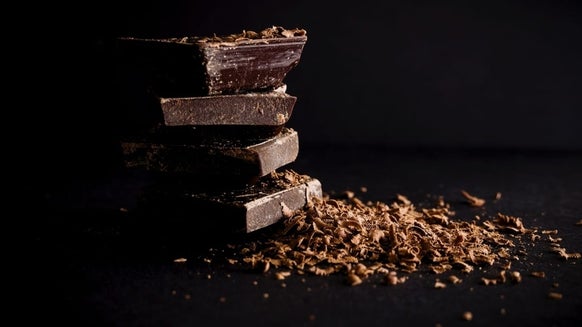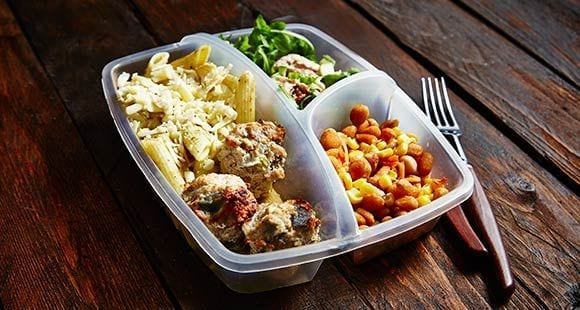
Die Kunst und Wissenschaft von Hunger & Sättigung
Was essen wir?
Wann essen wir?
Wie viel essen wir?
Satt durch die Definitionsphase: Die richtige Abnehmstrategie
Das Hungergefühl in der Diätphase
Diejenigen, die sehr gut mit wenigen großen Mahlzeiten zurechtkommen (z.B. „Intermittent Fasting“ und oder einfach 2-3 Mahlzeiten am TaguHun) - Diejenigen, die sehr gut mit vielen kleinen Mahlzeiten (z.B. 3 Hauptmahlzeiten und +3 Snacks) zurechtkommen. („klassische Bodybuildingernährung“)
Lebensmittel und ihre Sättigungswirkung
Welche Lebensmittel liefern das beste Kalorien-/Sättigungsverhältnis?
- Kartoffeln, gekocht
- Eier
- Käse/Joghurt
- Gebackene Bohnen
- Weintrauben
- Rindfleisch
Lengfisch (Molva molva) - Äpfel/ Orangen/Bananen
- Linsen
- Weißer Reis/Brauner Reis
- Vollkornprodukte/Vollkornnudeln/Haferflocken
- Popcorn
Abschließende Worte

[1] Anderson, G.H. / Woodend, D. (2003): Effect of glycemic carbohydrate on short-term satiety and food intake. In: Nutr Rev. URL: http://www.ncbi.nlm.nih.gov/pubmed/12828188.
[2] Voight, C (1995): 20 potatoes a day. URL: http://20potatoesaday.com/
[3] Holt et al. (1995): A Satiety index of common foods. In: Eur J Clin Nutr. URL: http://www.ncbi.nlm.nih.gov/pubmed/7498104.
[4] Porrini, M. (1995): Effects of physical and chemical characteristics of food on specific and general satiety. In: Phys Behav. URL: http://www.ncbi.nlm.nih.gov/pubmed/7753882.
[5] Weingarten, H.P. (1984): Meal initiation controlled by learned cues: basic behavioral properties. In: Appetite. URL: http://www.ncbi.nlm.nih.gov/pubmed/6517568.
[6] Atalayer, D. / Rowland, N.E. (2009): Meal patterns of mice under systematically varying approach and unit costs for food in a closed economy. In: Physiology & behaviour. URL: https://asa04.rmz.uni-lueneburg.de/+CSCO+1h756767633A2F2F6A6A6A2E667076726170727176657270672E70627A++/science/article/pii/S003193840900170X
[7] Woods, S.C / Ramsay, D.S (2011): Food intake, metabolism and homeostasis. In: Physiology & behaviour. URL: http://www.ncbi.nlm.nih.gov/pubmed/21530564.
[8] Woods et al. (2010): Meal-anticipatory glucagon-like peptide-1 secretion in rats. In: Endocrinology. URL: http://www.ncbi.nlm.nih.gov/pubmed/19915164.
[9] Dailey, M.J. / Stingl, K.C. / Moran, T.H. (2012): Disassociation between preprandial gut peptide release and food-anticipatory activity. In: Endocrinology. URL: http://www.ncbi.nlm.nih.gov/pubmed/22128024.
[10] Weingarten, H.P. / Kulikovsky (1989): Taste-to-postingestive consequence conditioning: is the rise in sham feeding with repeated experience a learning phenomenon? In: Physiology & Behaviour. URL: http://www.ncbi.nlm.nih.gov/pubmed/2756038.
[11] Simon G. (2014): Glykämischer Index (GI) & Glykämische Last (GL): Keine gute Orientierungsquelle in Sachen Ernährung? In: AesirSports.de. URL: http://aesirsports.de/2014/04/glykaemischer-index-gi-glykaemische-last-gl-keine-gute-orientierungsquelle-sache-ernaehrung/.
[12] NutitionData.com: Fullness-Factor. URL: http://nutritiondata.self.com/topics/fullness-factor.
